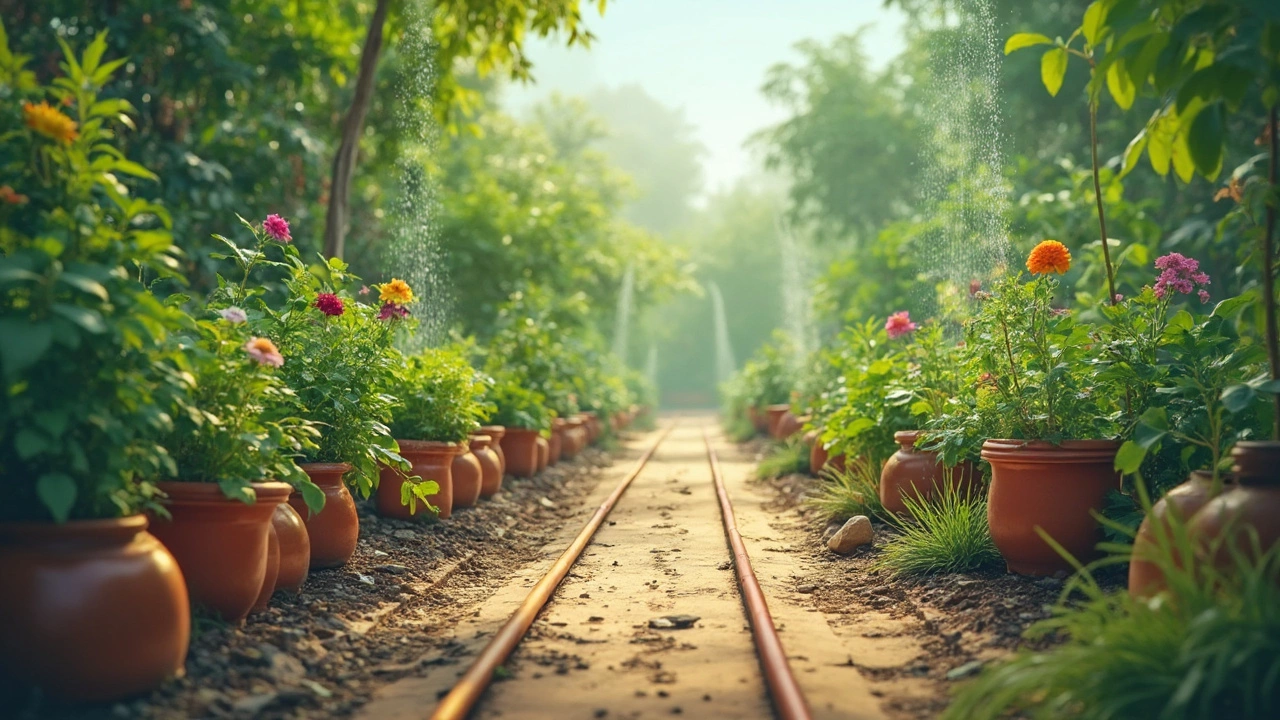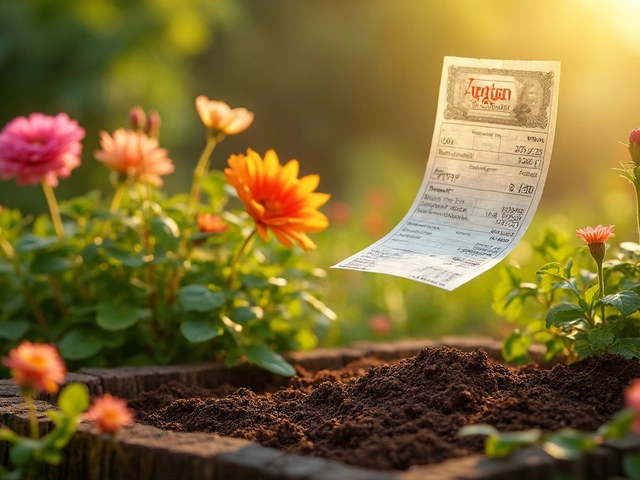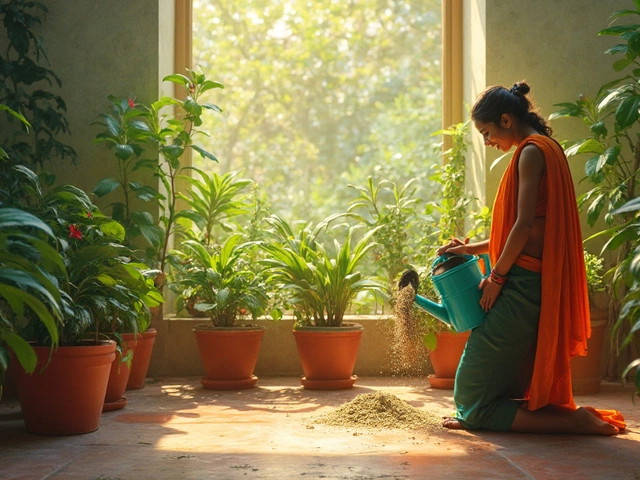Garden Watering Tips – Simple Ways to Keep Your Plants Happy
Water is the lifeline of any garden, but too much or too little can quickly spell trouble. The good news is you don’t need fancy equipment to get it right. By adjusting a few habits you can save water, lower your bill, and see greener, stronger plants.
When and How Much to Water
Most Indian soils hold enough moisture for a day or two after a deep soak. Instead of a light sprinkle every morning, aim for a thorough watering once the top 2‑3 cm of soil feels dry. Stick your finger in the soil; if it’s still damp, wait.
Early morning is best – the sun is low, wind is calmer, and leaves can dry before nightfall. This reduces the risk of fungal diseases that love damp foliage.
Make Drip Irrigation Work for You
Drip irrigation delivers water right to the root zone, cutting waste dramatically. You don’t have to buy a pricey system; a simple garden‑store drip line can be laid out around rows or containers. Bury the line shallowly (about 5‑7 cm) for most vegetables; deeper burial helps in hot, windy areas.
When setting up, check the guide “How Deep Should Drip Irrigation Lines Be Buried?” for exact depths and installation steps. A well‑placed drip line means less evaporation, fewer weeds, and happier plants.
If you’re on a budget, repurpose old plastic bottles as mini drip emitters. Cut the bottom off, poke a few tiny holes, and bury them near the plant base. It’s a low‑cost hack that mimics professional drip setups.
For larger gardens, consider drip tape versus drip line. Drip tape is thin and inexpensive, perfect for row crops like tomatoes or beans. Drip line has thicker tubing and works well for garden beds and shrubs. Both methods reduce water use by up to 60 % compared with hand watering.
Don’t forget to flush the system once a month. Run water through the lines for a few minutes to clear any clogs caused by sediments or algae.
Besides drip, you can improve water use by adding mulch. A 2‑3 cm layer of straw, wood chips, or dry leaves keeps soil cool and slows evaporation. Mulch also suppresses weeds that would otherwise compete for moisture.
If you’re watering indoor plants, the same rules apply. Check the soil before you water; over‑watering indoor pots is a common mistake. A quick feel of the top inch tells you if the plant needs a drink.
When using tap water, let it sit for a few hours to allow chlorine to evaporate. This simple step protects sensitive plants from leaf burn.
Finally, keep an eye on weather forecasts. Skip watering before a heavy rain and resume after the soil dries out again. Using a rain gauge or a simple plastic bottle gauge can help you track how much rain your garden receives.
By timing your watering, using drip systems where possible, and protecting soil with mulch, you’ll see healthier growth and a greener garden without wasting water.

Should You Bury Your Drip Irrigation System?
Drip irrigation offers an efficient way to save water and boost plant health, but the question remains: does it need to be buried? This article explores the pros and cons of burying drip irrigation systems, offering practical advice for gardeners. Learn why some choose to keep it above ground while others opt to bury it. Get tips on setting up your own system for optimal results.

Can I Install Drip Irrigation Myself? Here's Everything You Need to Know
Looking to install a drip irrigation system on your own? This article provides practical tips, common pitfalls to avoid, and a step-by-step guide to help you get started. Discover how this efficient watering solution can save you time and money while keeping your garden lush and healthy. We'll guide you through the do-it-yourself process, offering insights into tools, materials, and layout plans. By the end, you'll be ready to tackle this garden project with confidence.
About
Drip Irrigation
Latest Posts


Revitalizing Old Soil: Tips for a Thriving Garden
By Alden Thorne Jan 16, 2025

Does Rice Grow Back Every Year? Understanding Rice's Regrowth Cycle
By Alden Thorne Jun 6, 2025

Adding the Right Ingredients to Water for Thriving Indoor Plants
By Alden Thorne Mar 5, 2025
